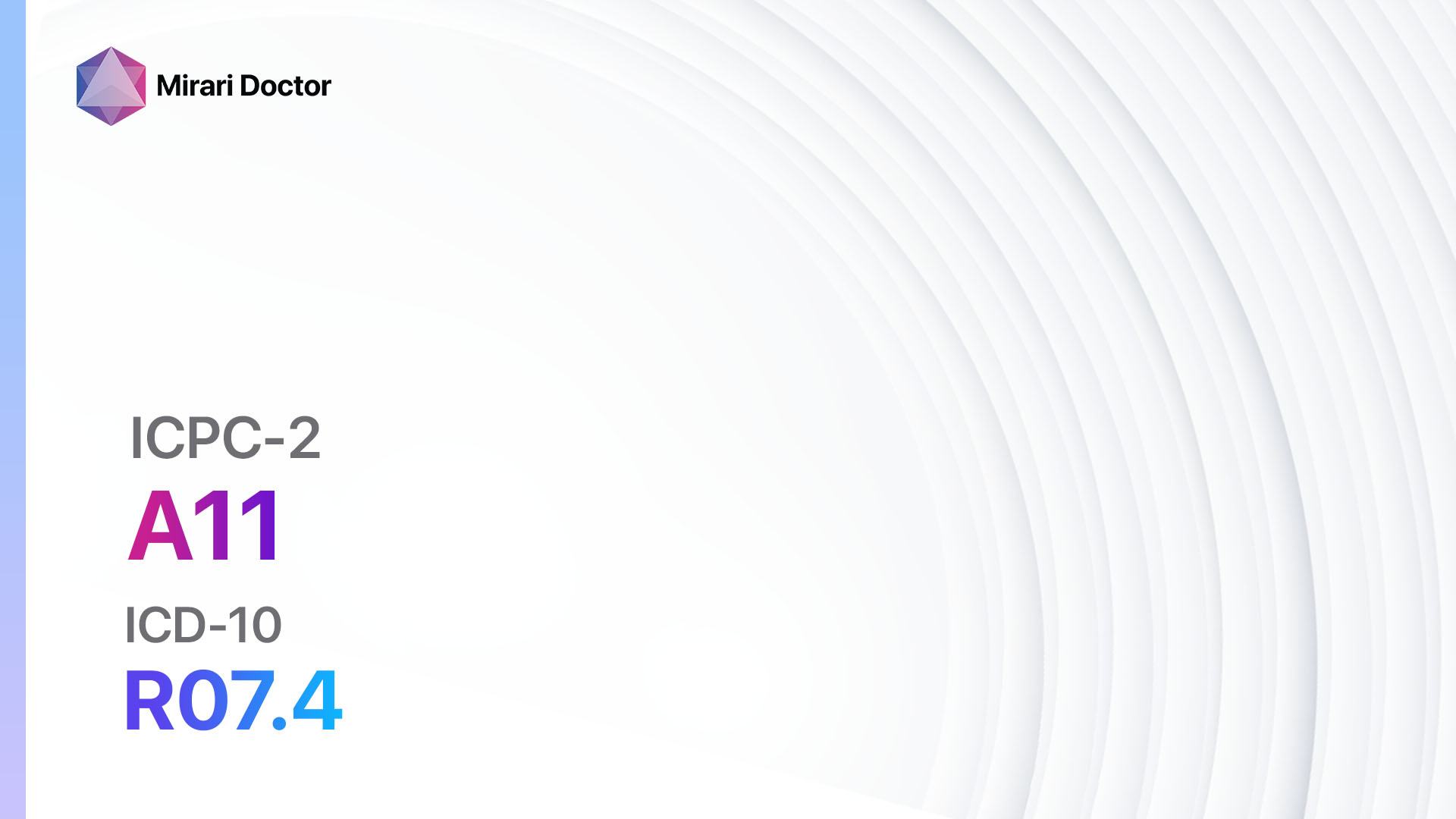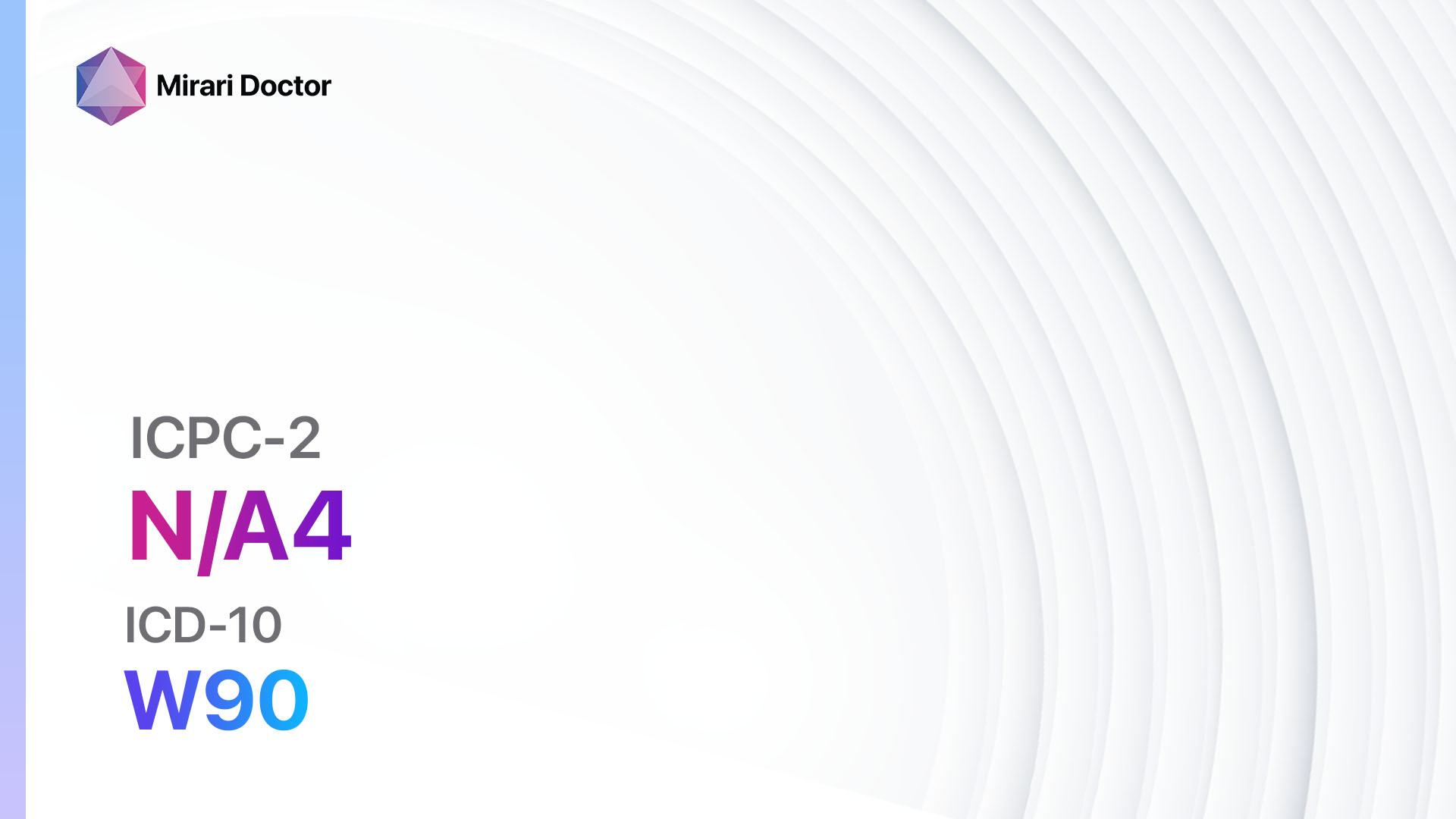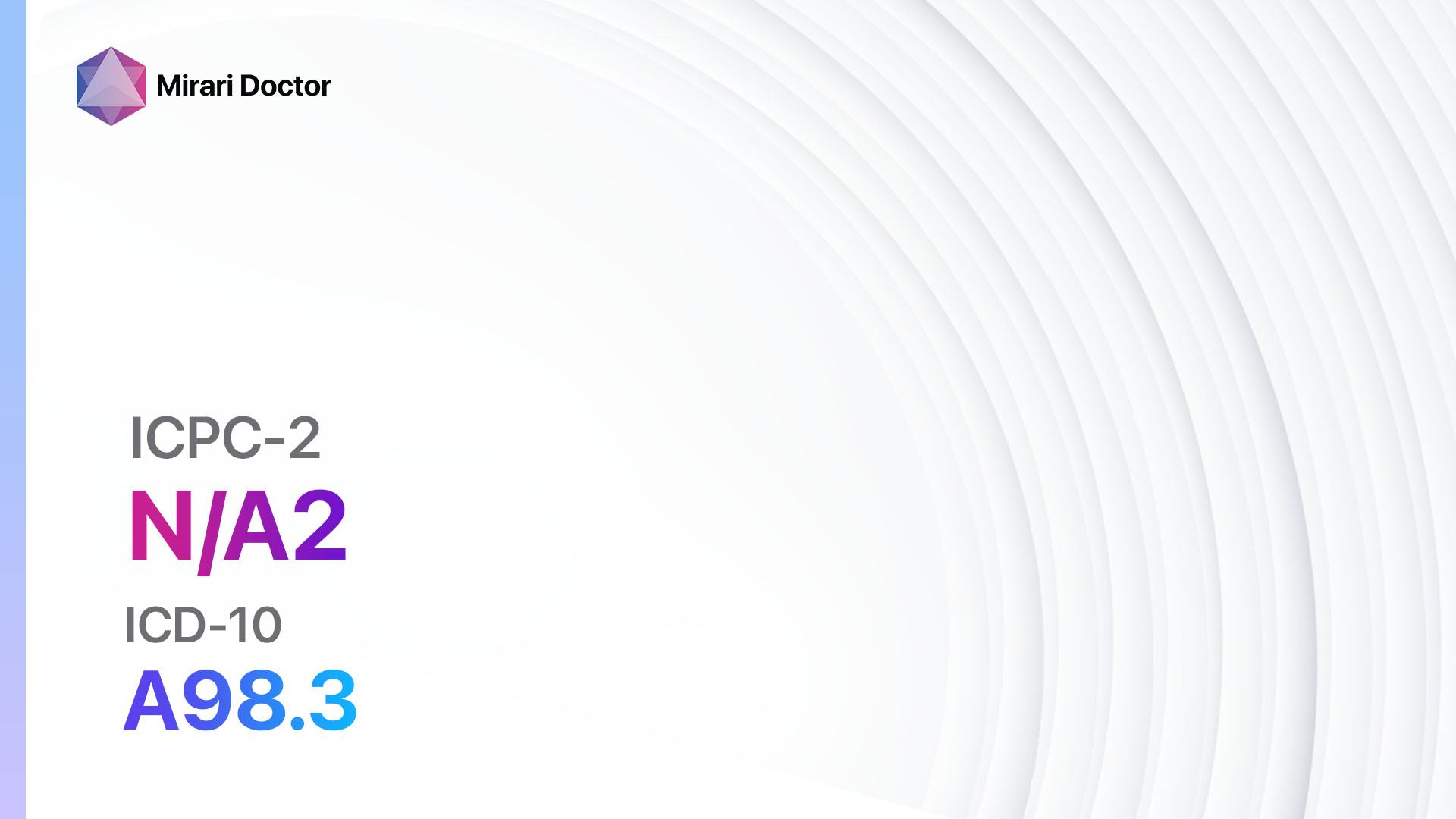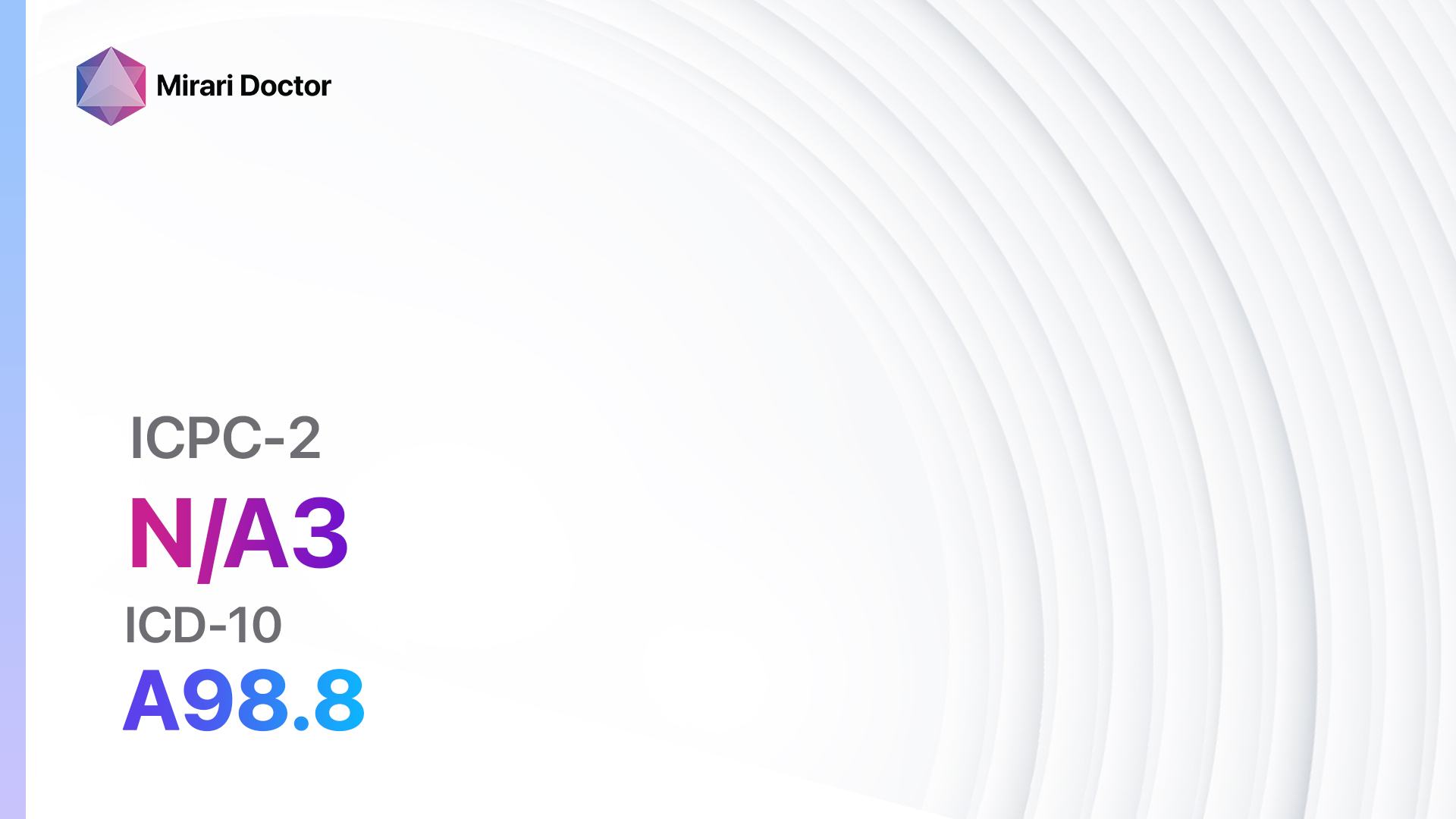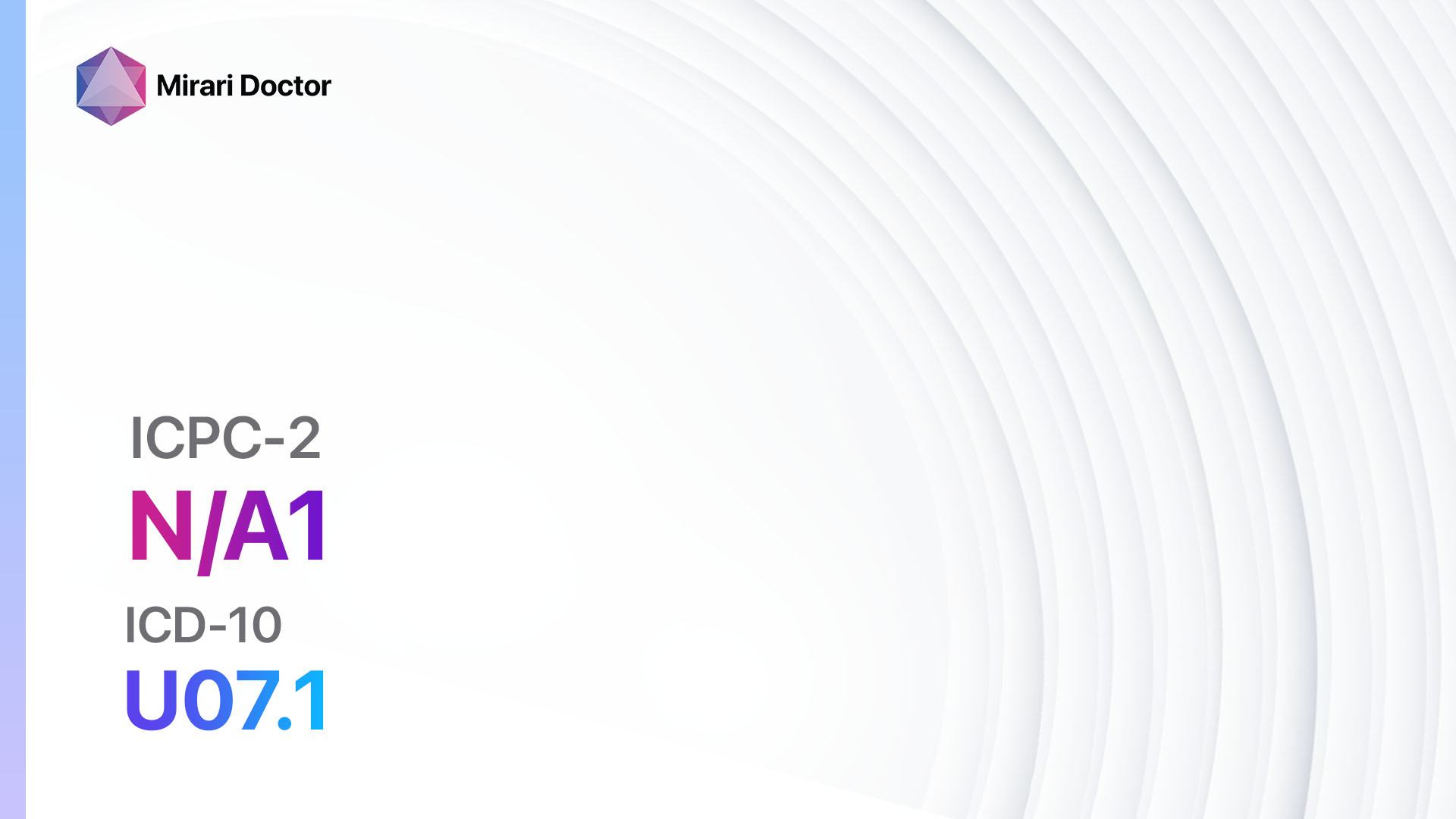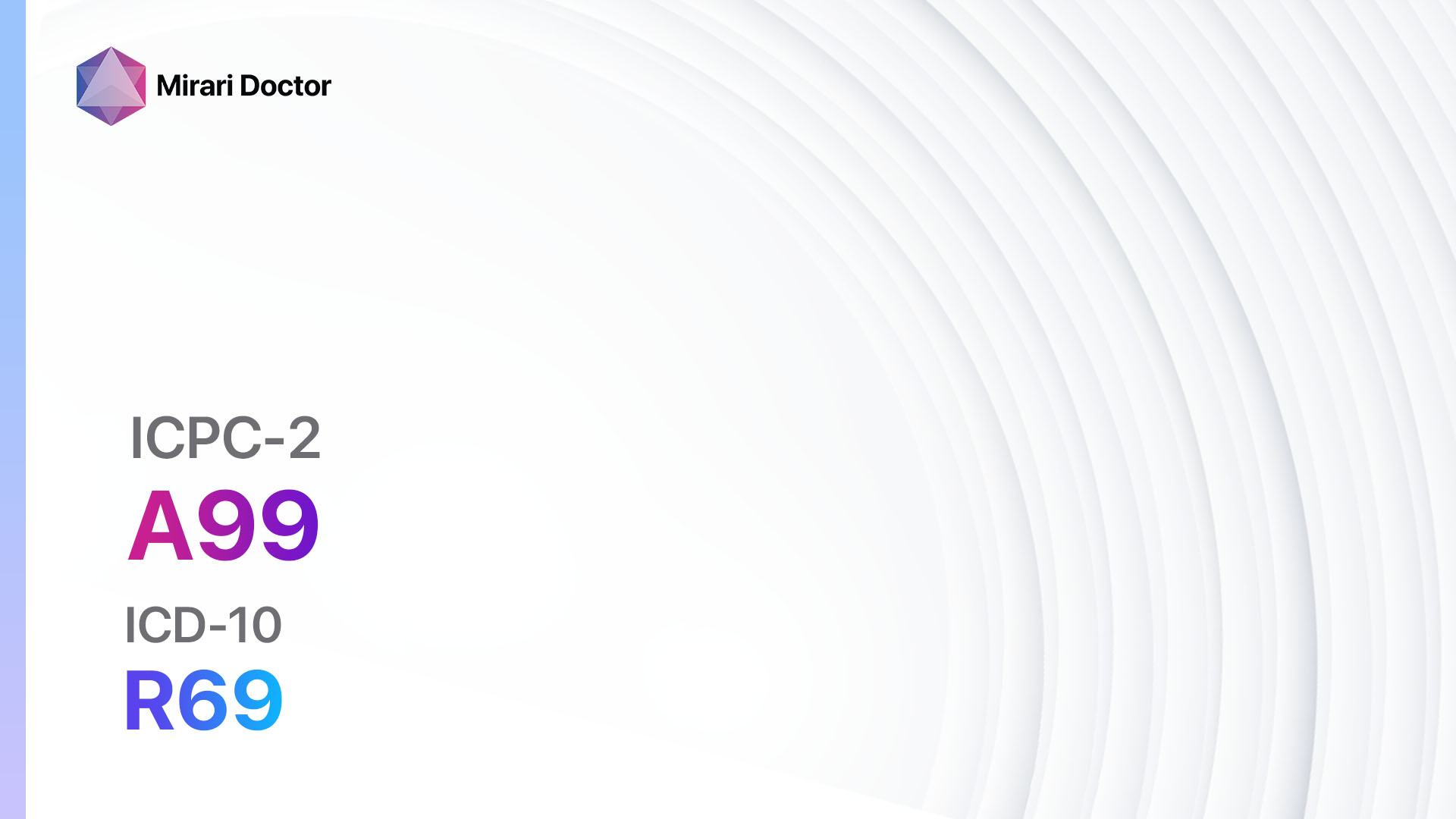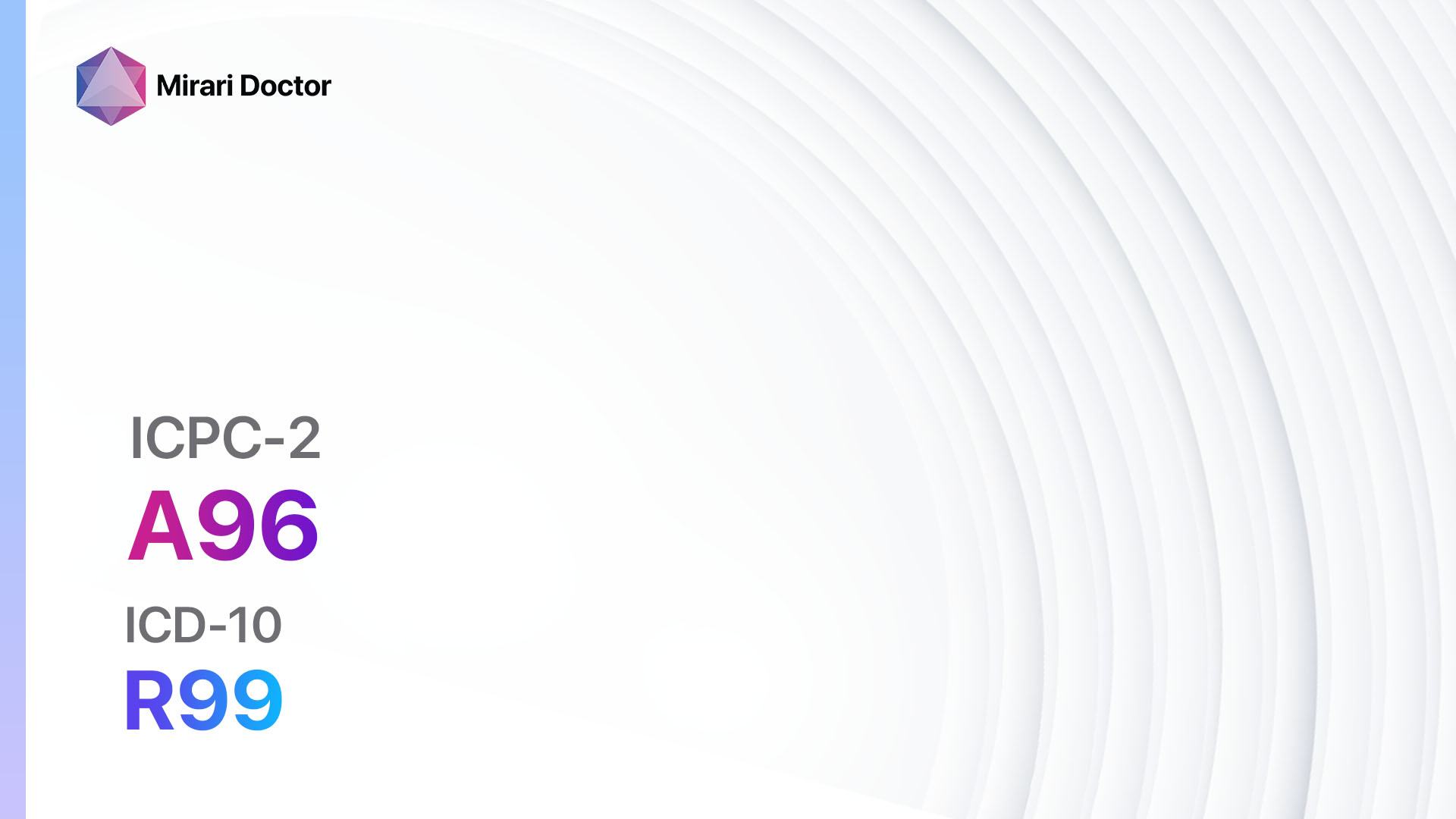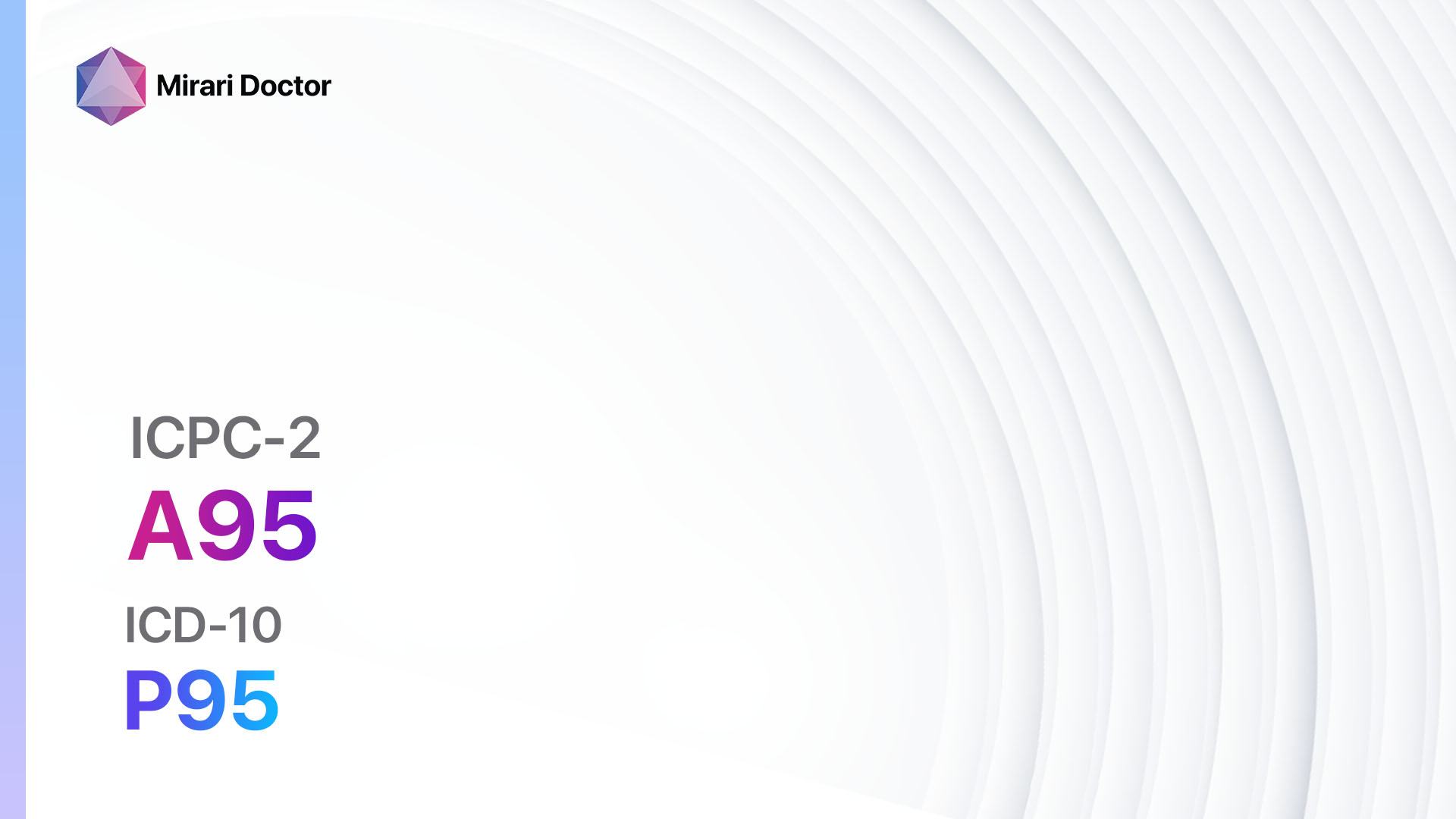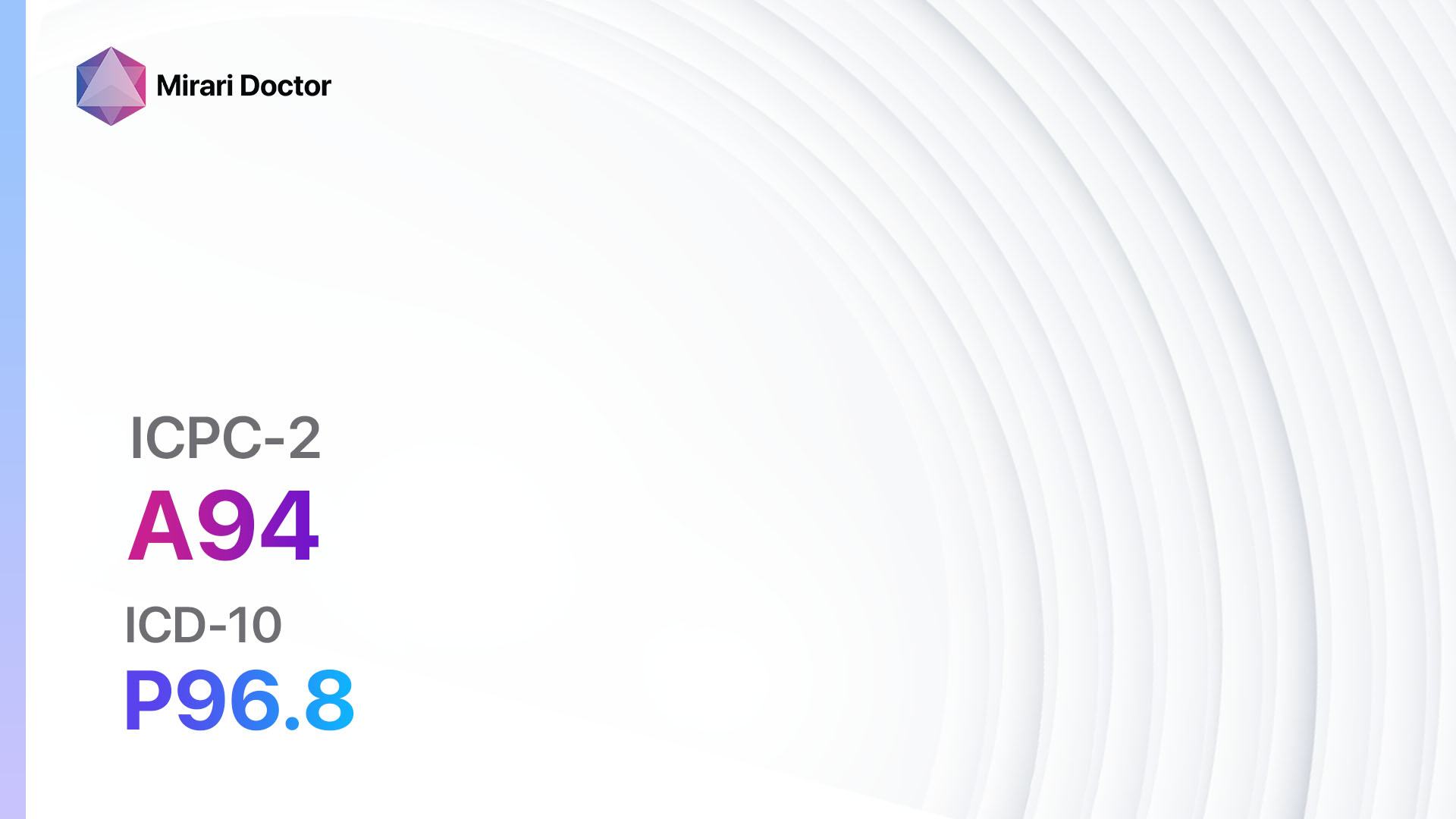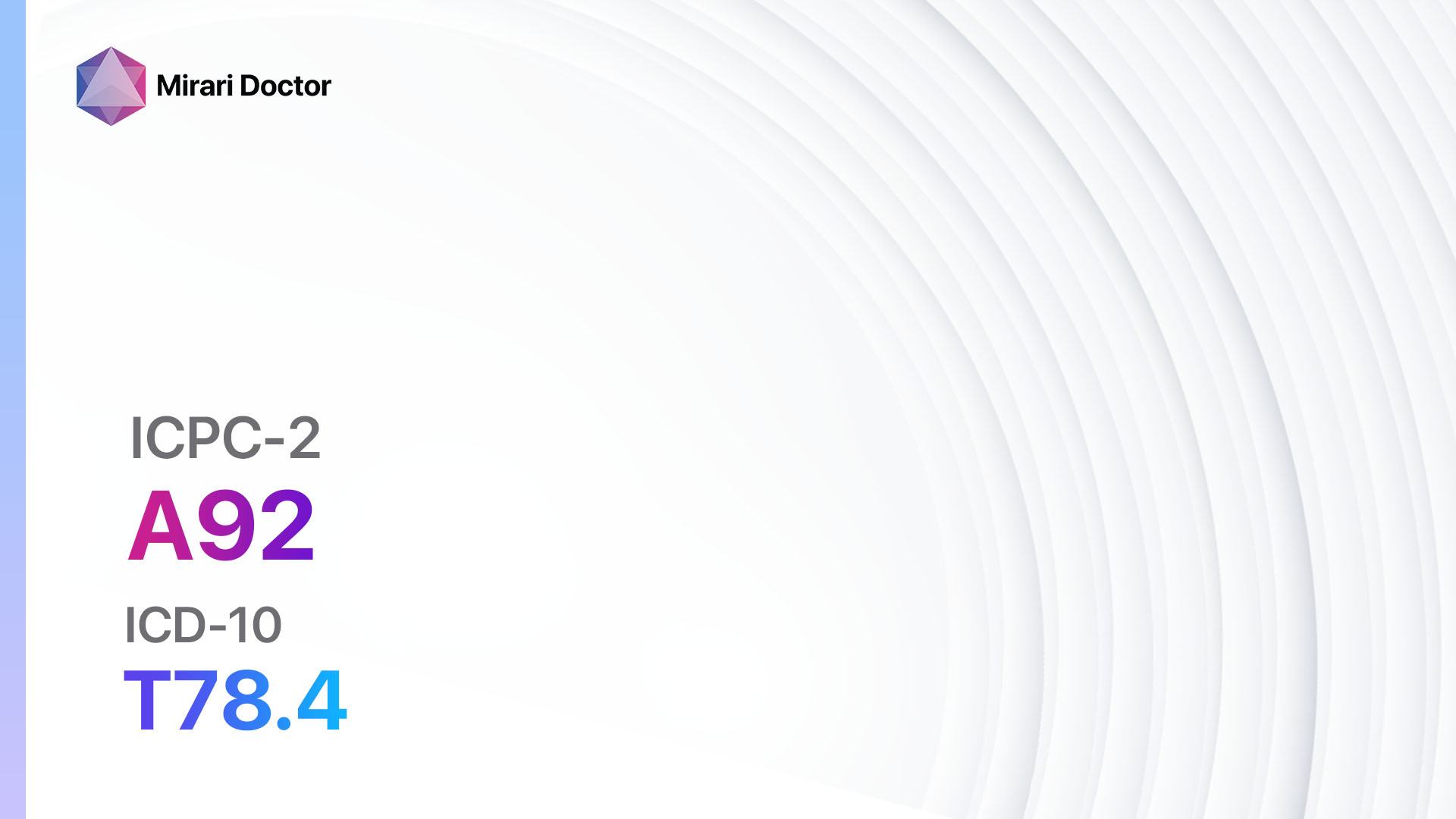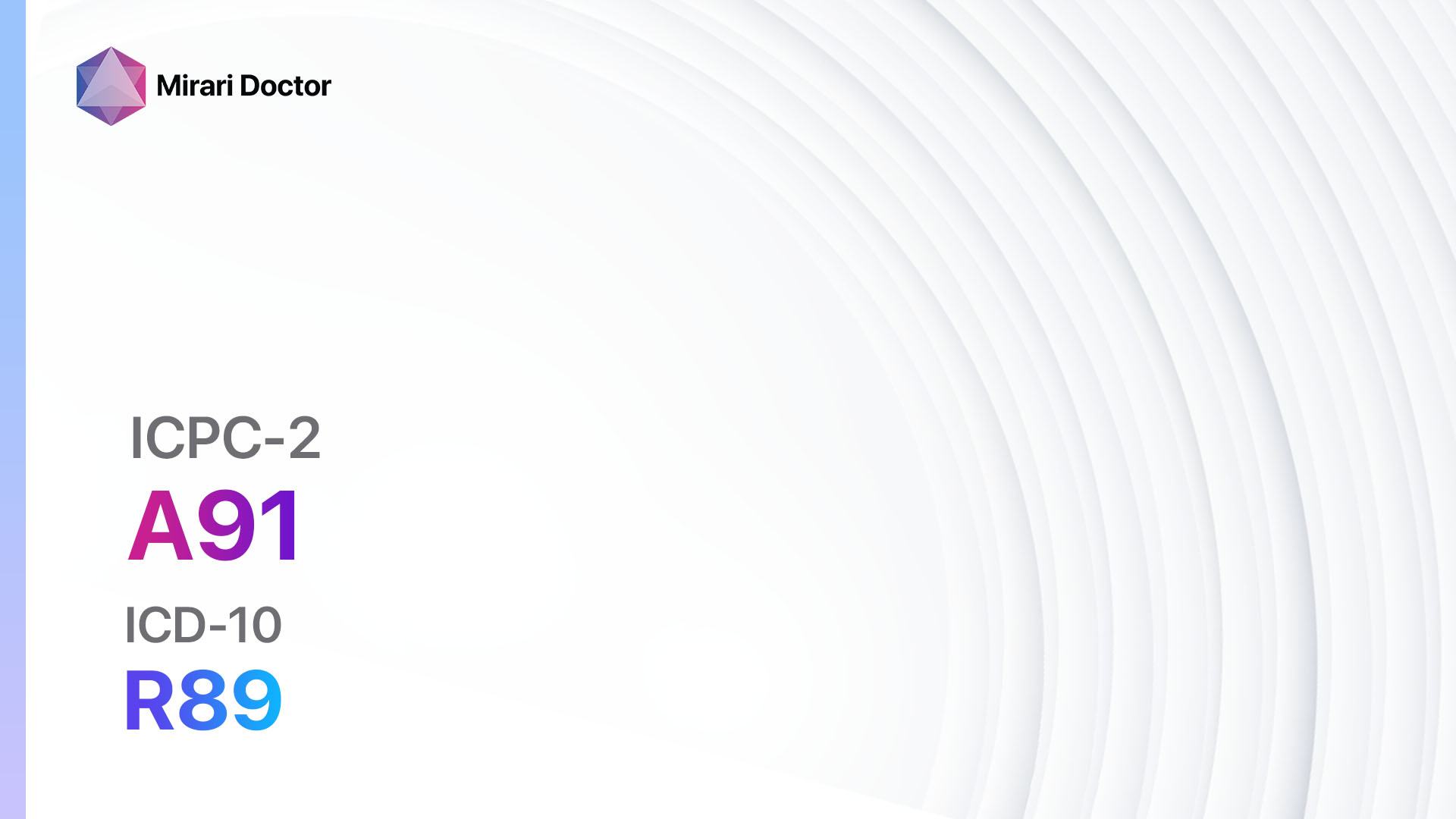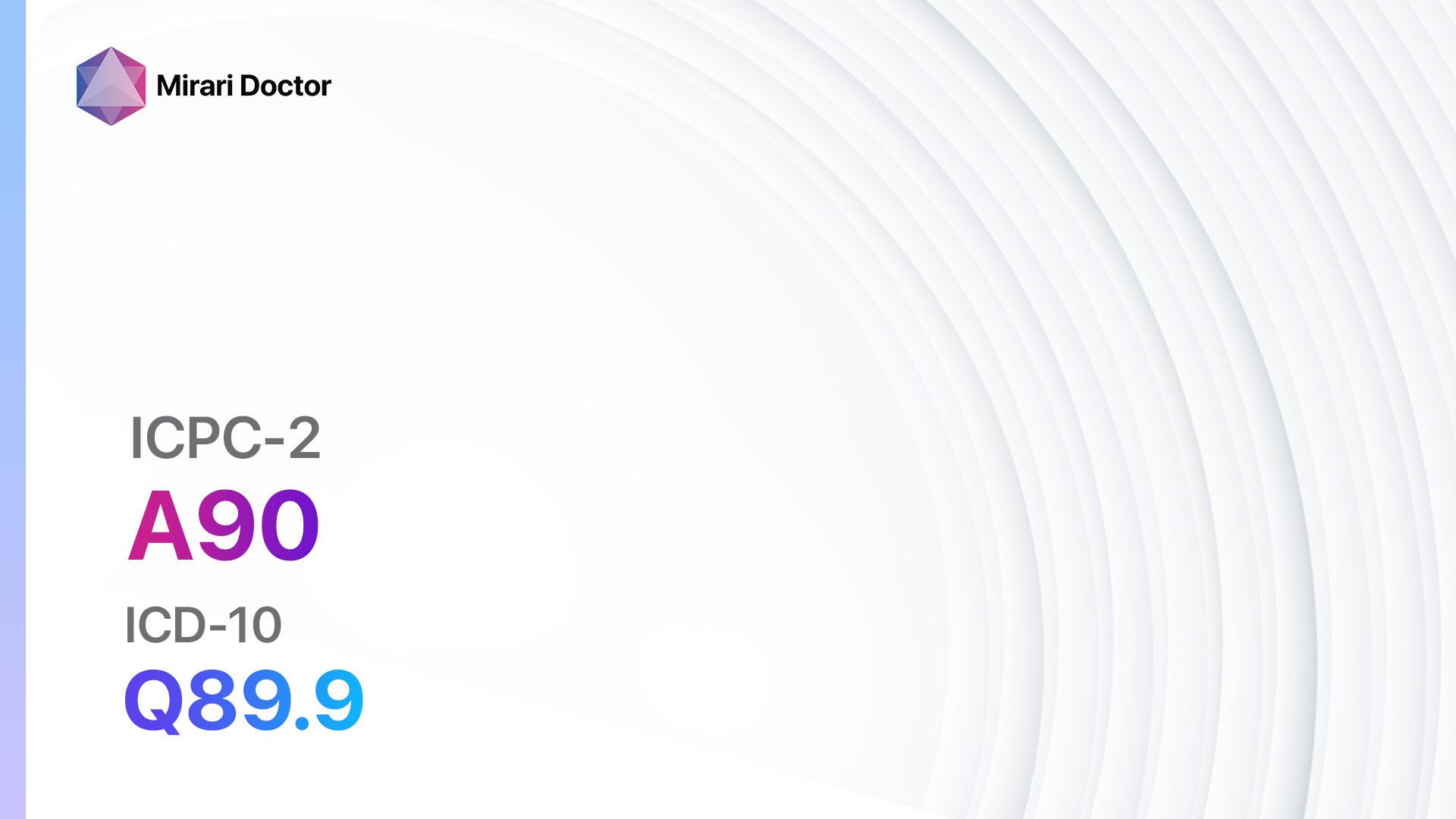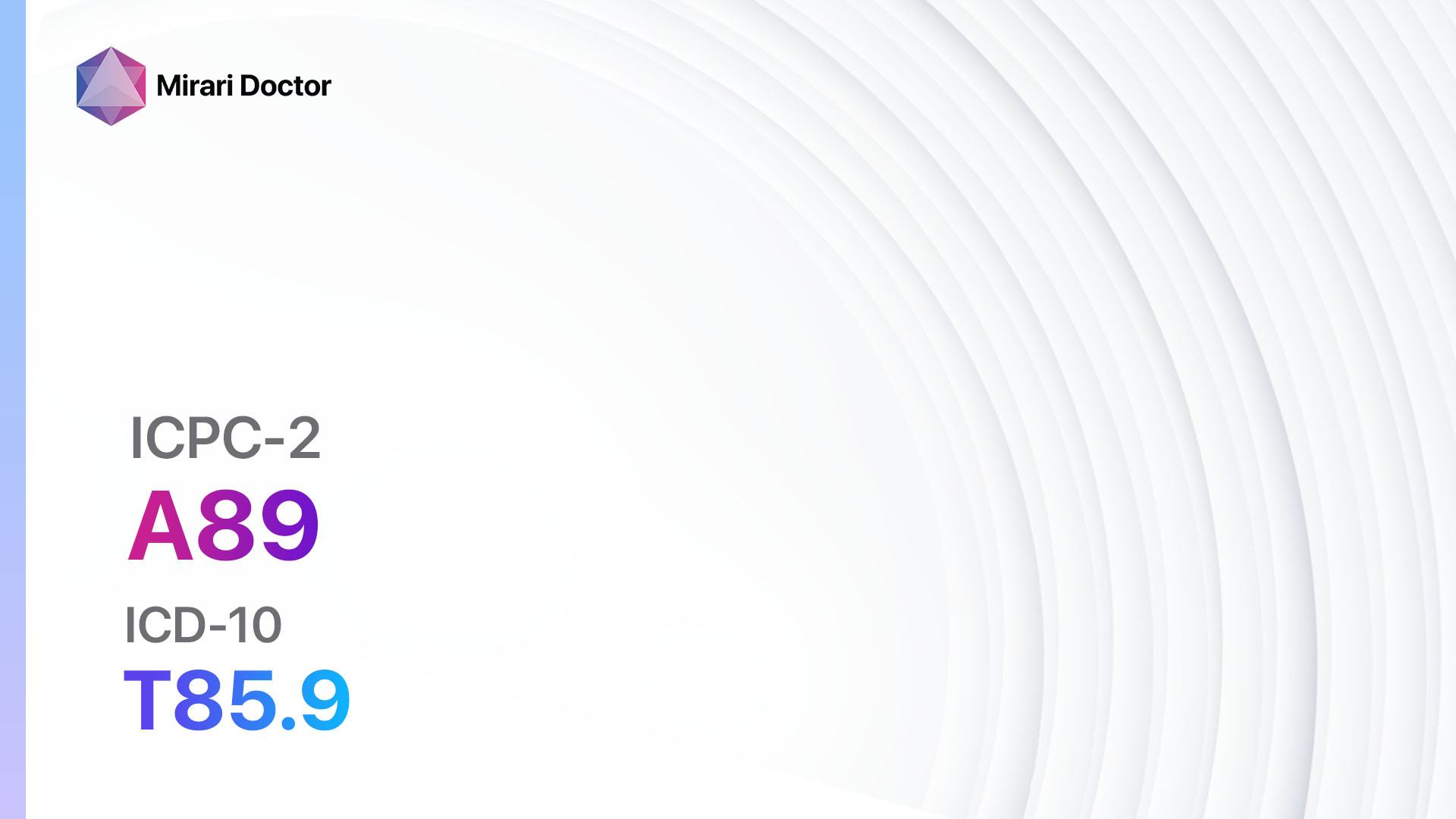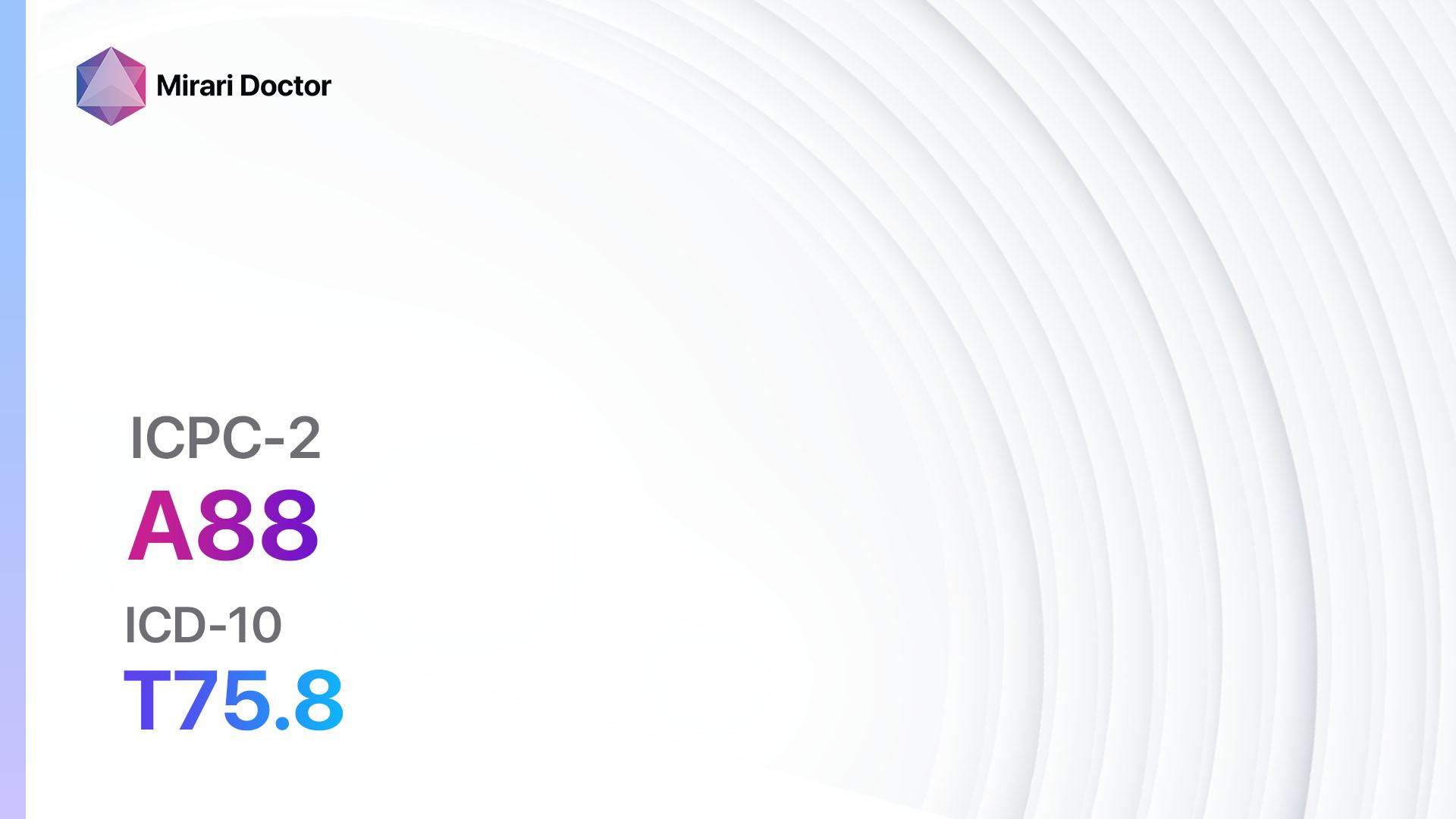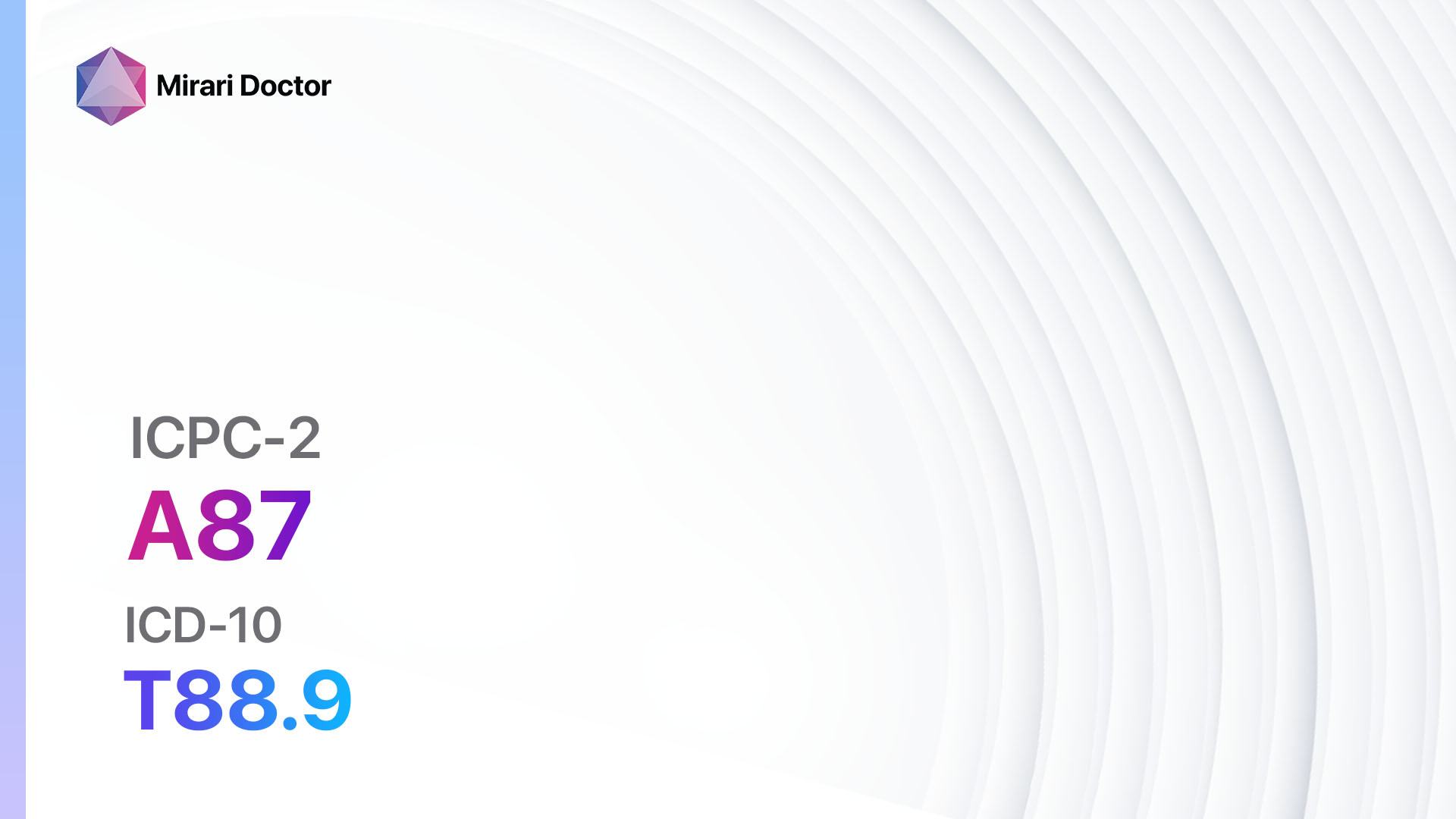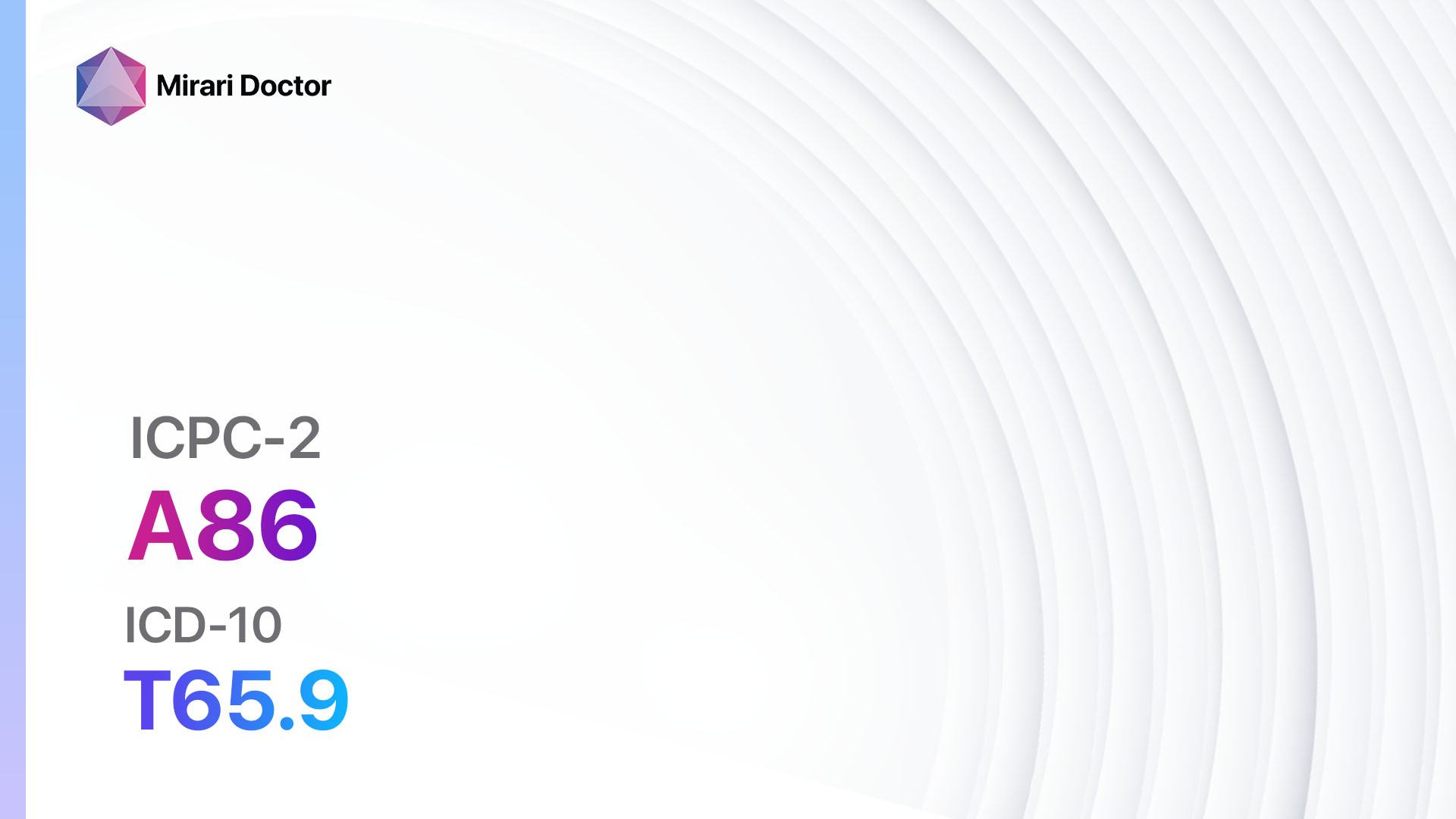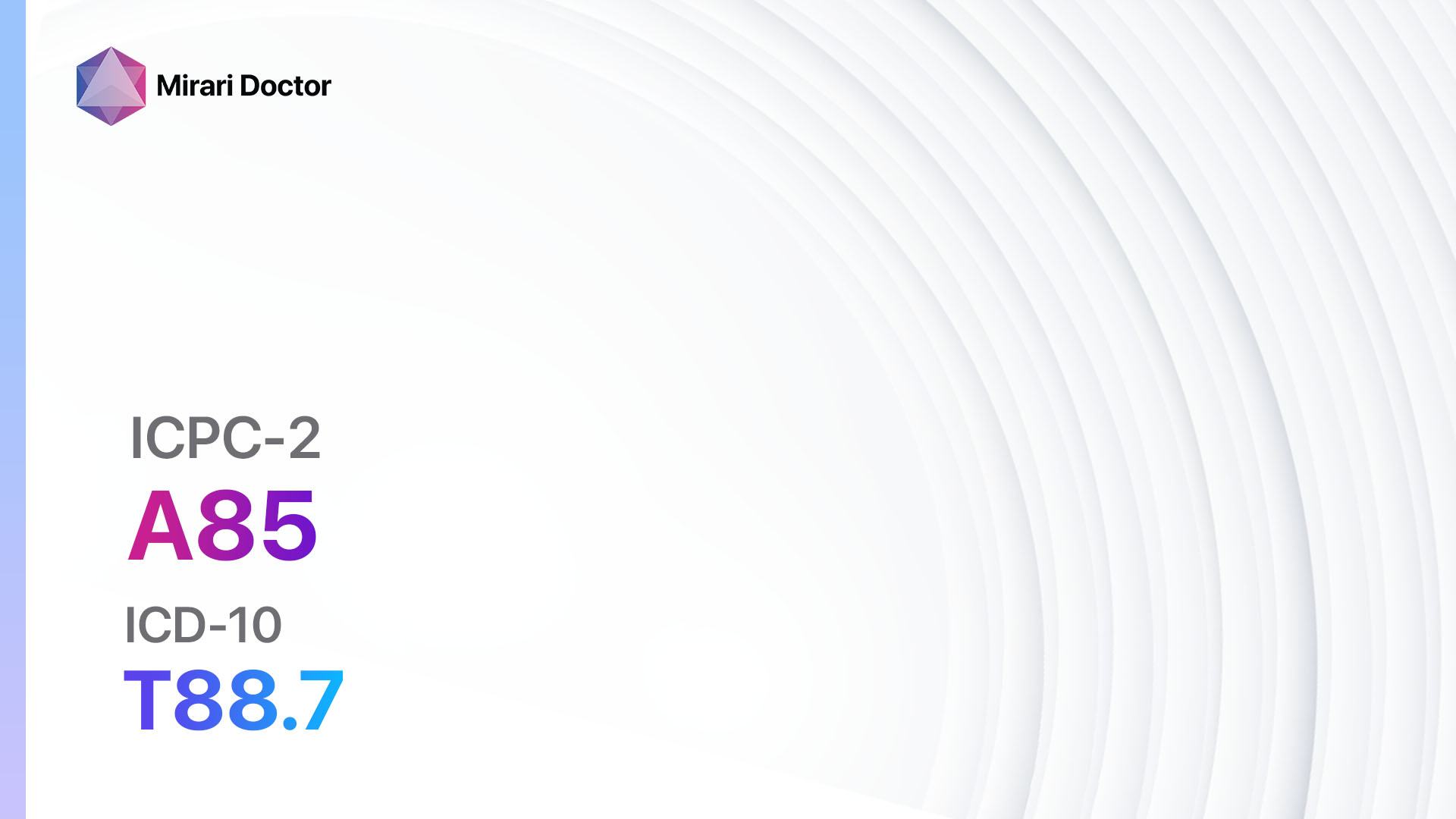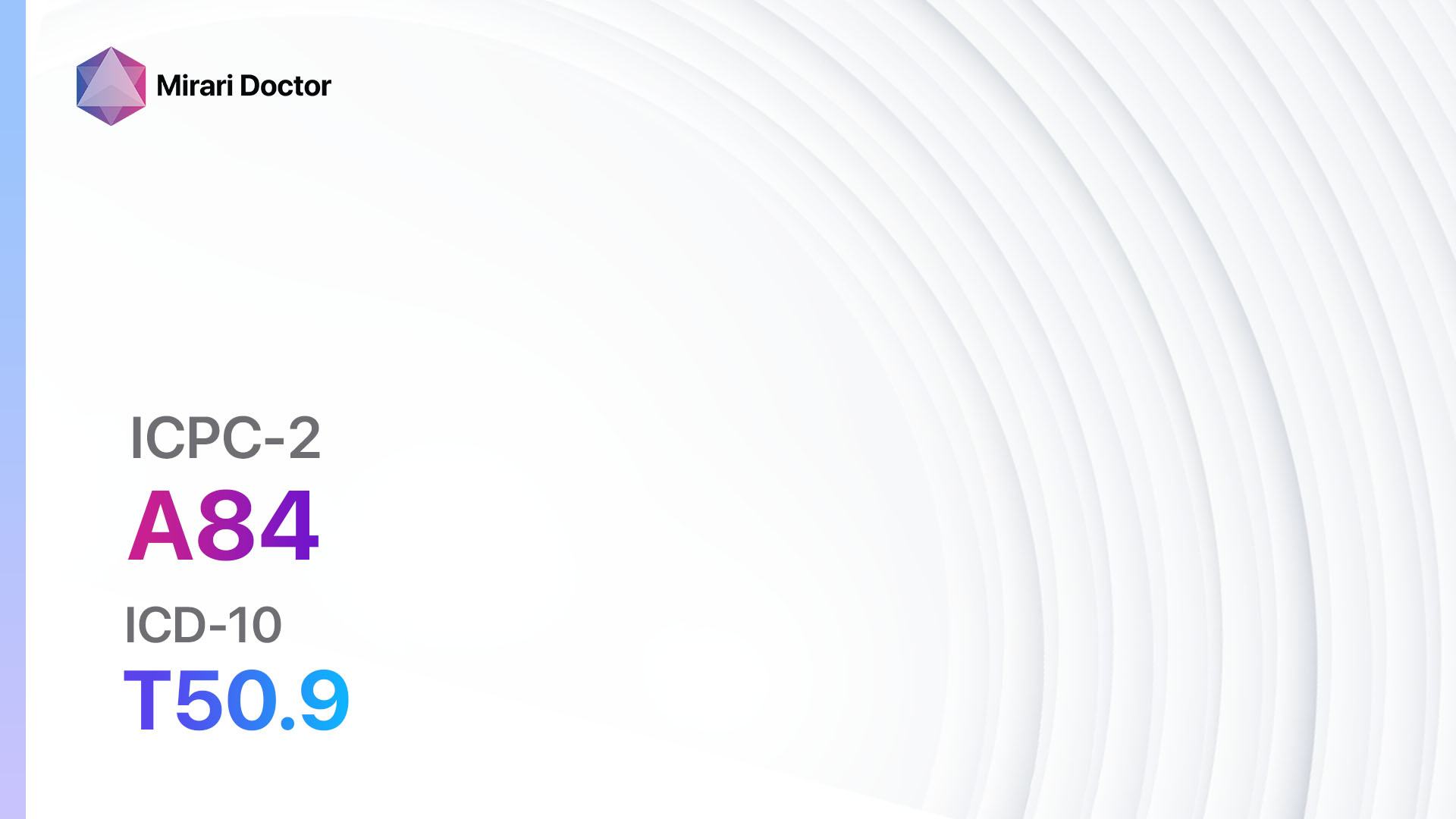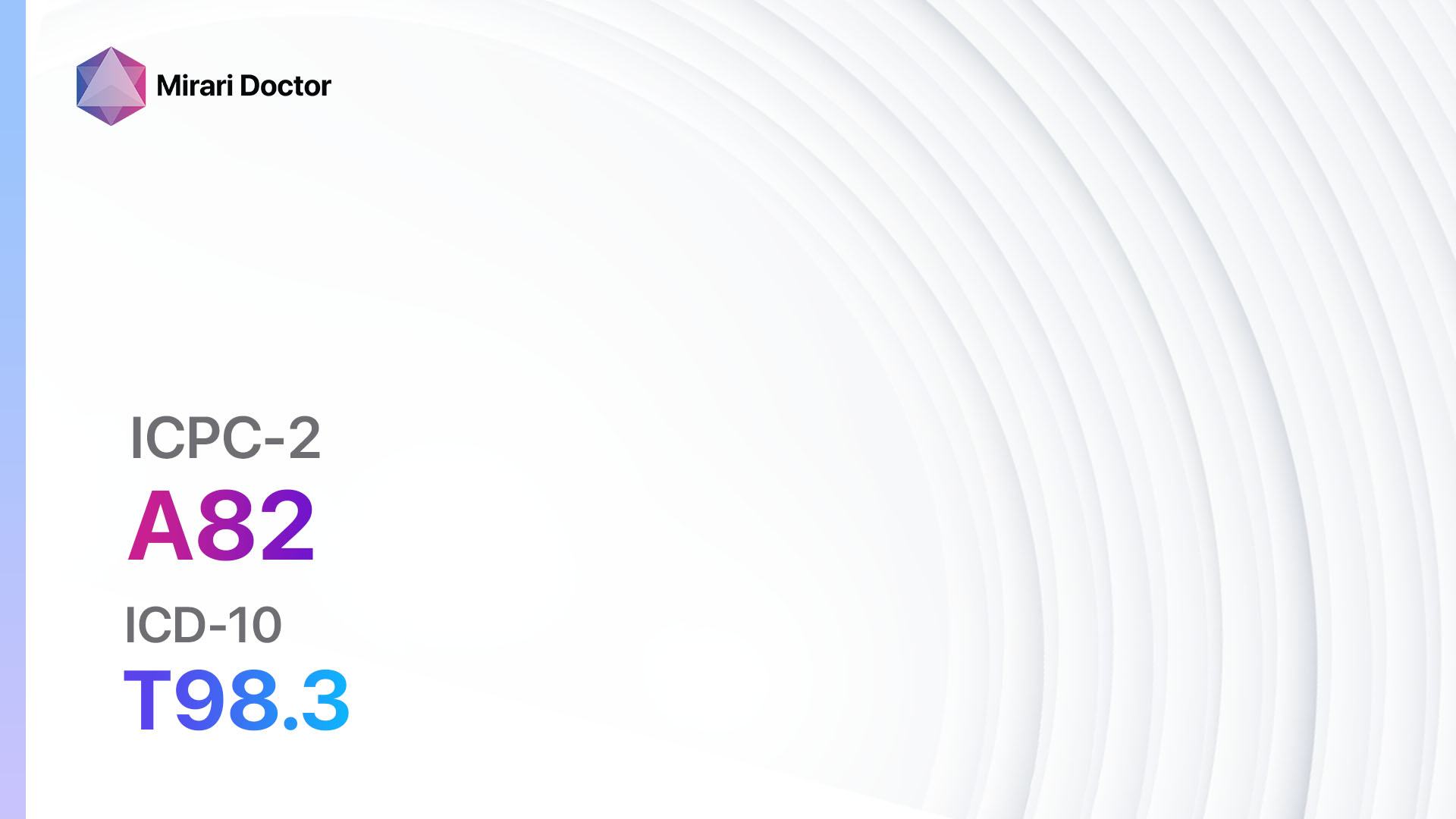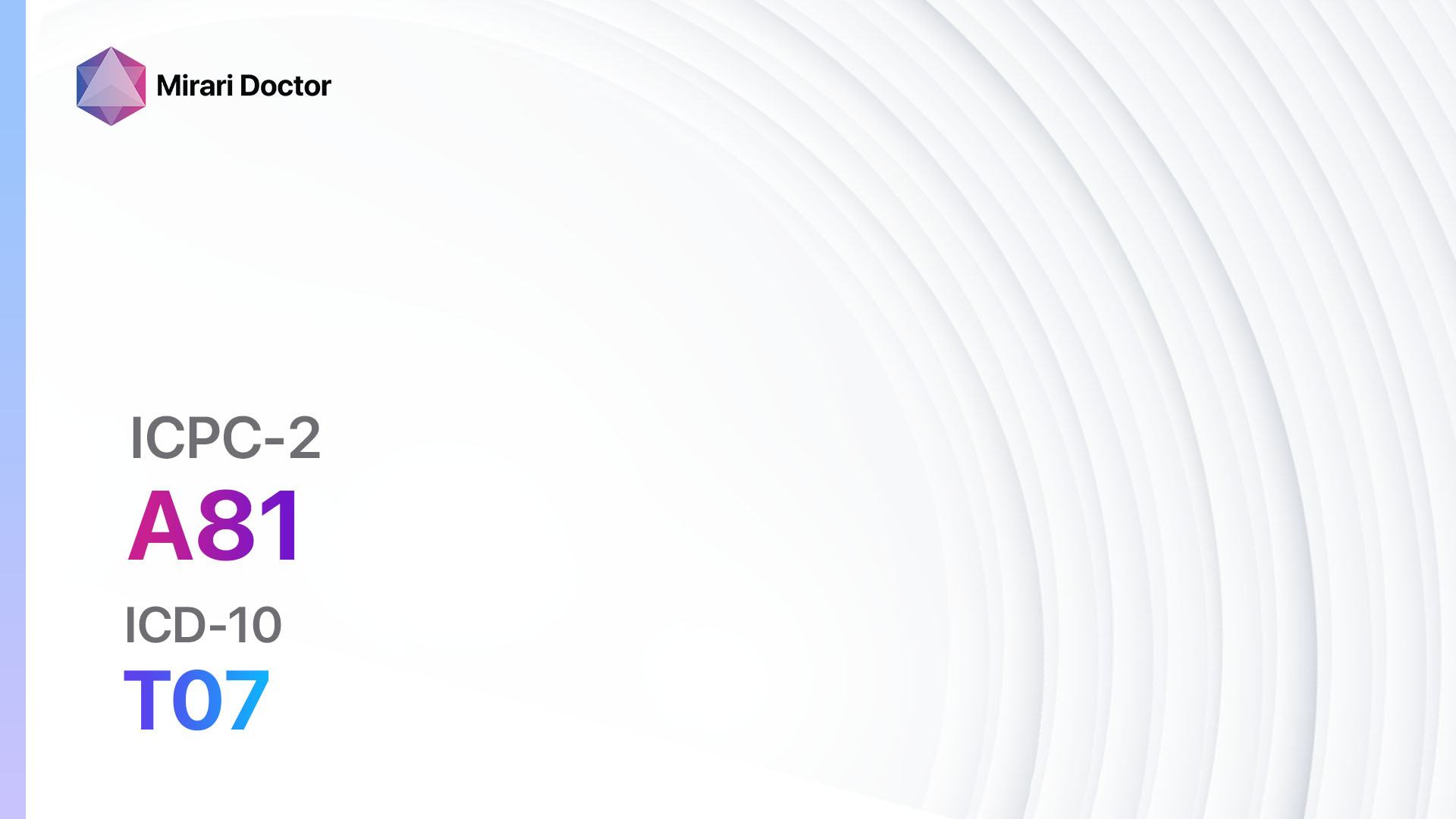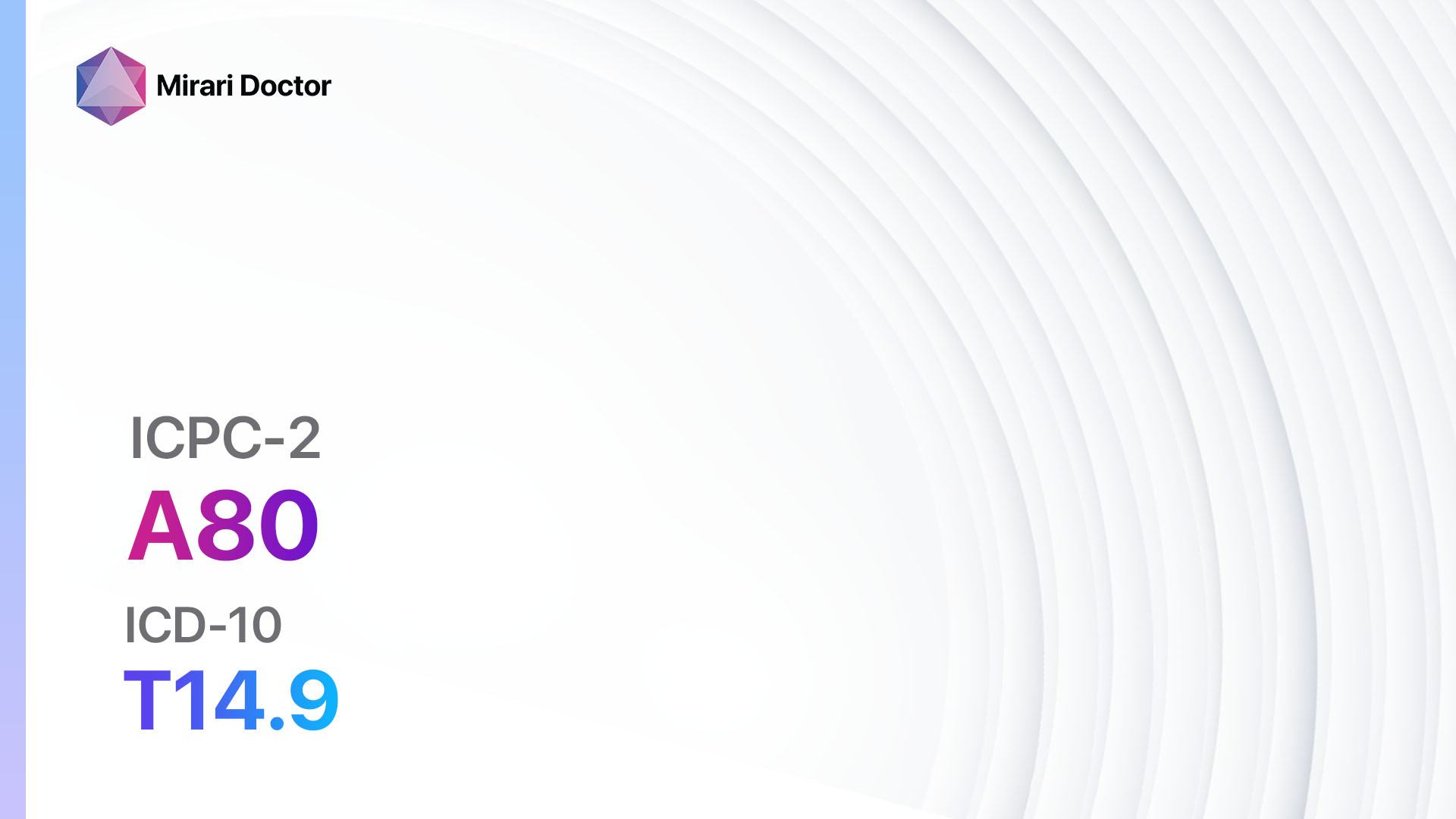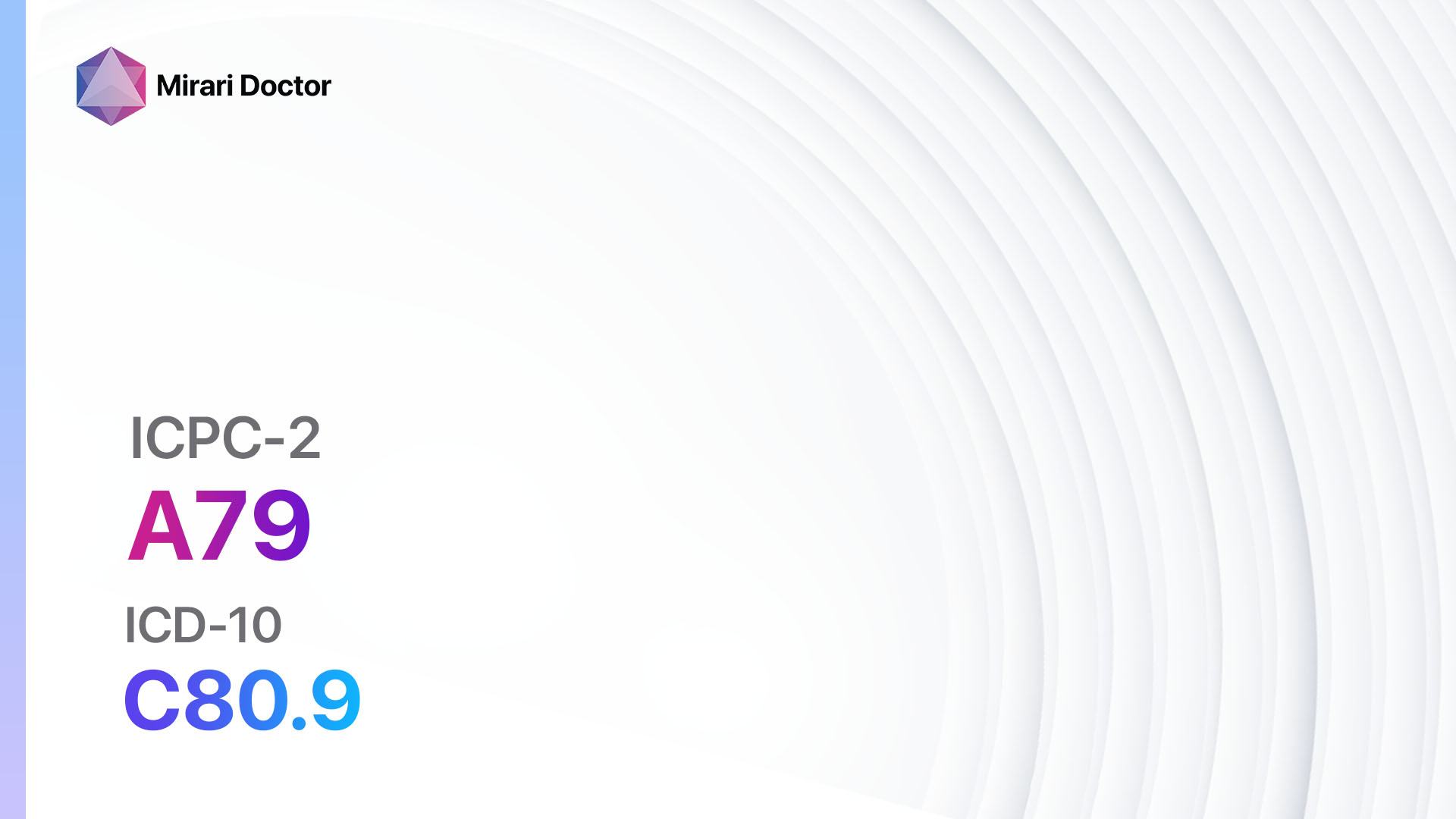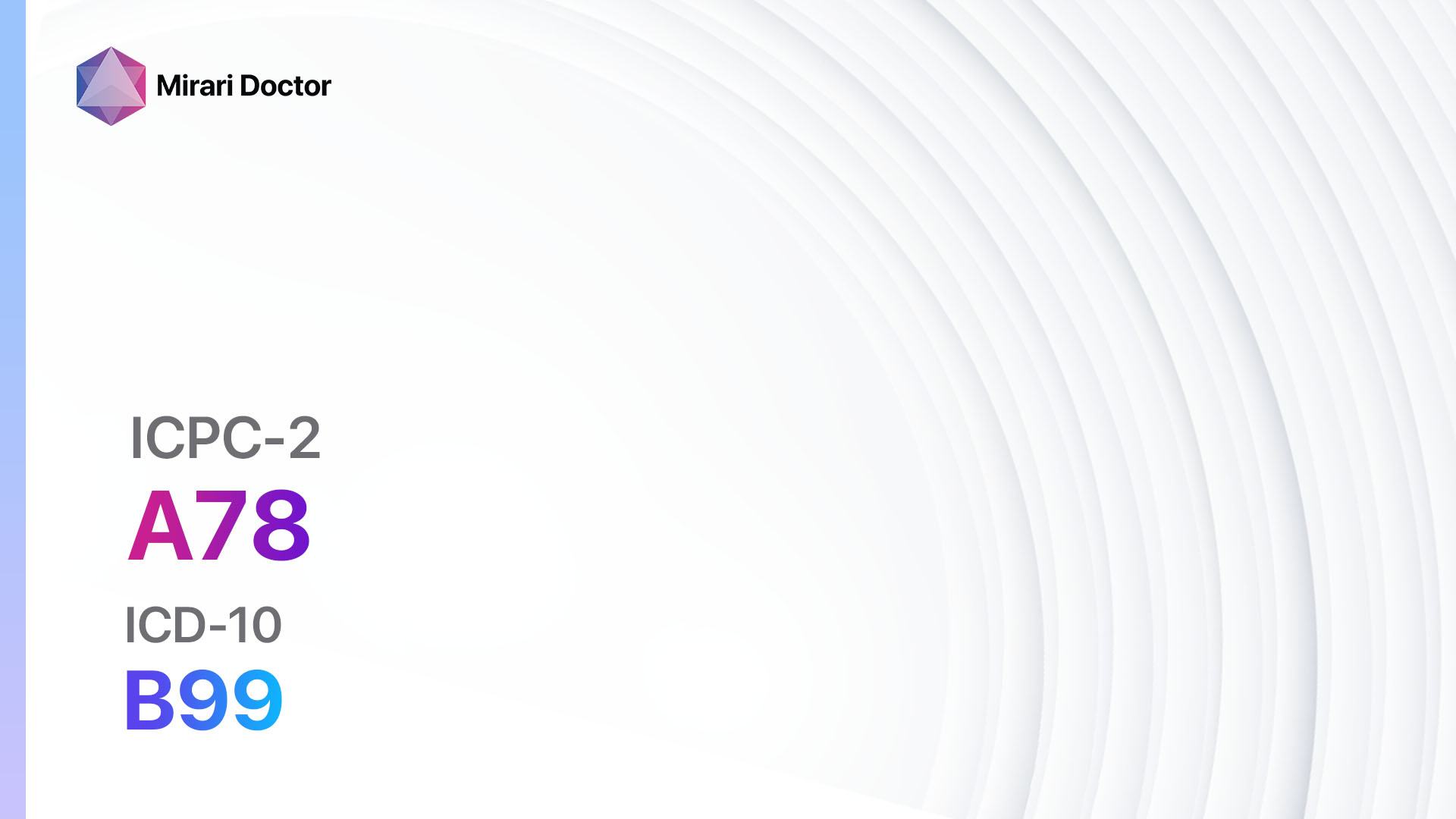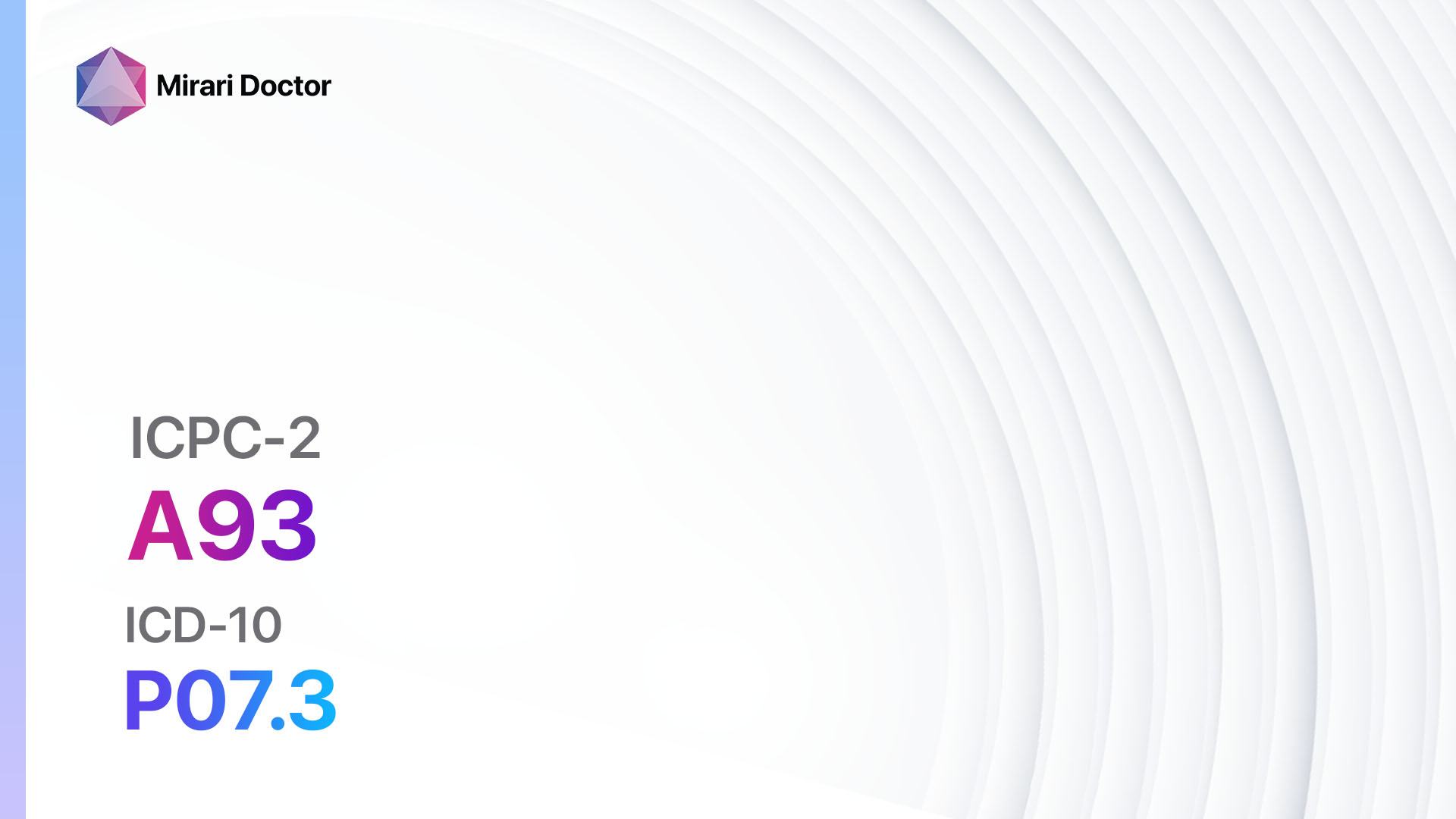
Introduction
Premature newborns, also known as preterm infants, are babies born before 37 weeks of gestation[1]. These infants are at a higher risk for various health complications due to their underdeveloped organs and systems[2]. The aim of this guide is to provide healthcare professionals with a comprehensive overview of the diagnosis and management of premature newborns.
Codes
Symptoms
- Low birth weight: Premature newborns often have a birth weight of less than 5.5 pounds[5].
- Respiratory distress: Rapid breathing, grunting, flaring nostrils, and retractions may indicate respiratory distress syndrome[5].
- Temperature instability: Premature newborns may have difficulty regulating their body temperature[5].
- Feeding difficulties: Weak sucking reflex and poor coordination during feeding[5].
- Jaundice: Yellowing of the skin and eyes due to immature liver function[5].
- Apnea: Brief pauses in breathing, often accompanied by a change in color or decreased heart rate[5].
Causes
- Preterm labor: Spontaneous onset of labor before 37 weeks of gestation[6].
- Infection: Maternal infections, such as urinary tract infections or sexually transmitted infections, can increase the risk of preterm birth[6].
- Multiple pregnancies: Twins, triplets, or higher-order pregnancies have a higher risk of preterm birth[6].
- Maternal health conditions: Chronic conditions like high blood pressure or diabetes can increase the risk of preterm birth[6].
- Placental problems: Issues with the placenta, such as placental abruption or placenta previa, can lead to preterm birth[6].
Diagnostic Steps
Medical History
- Gather information about the mother’s medical history, including any risk factors for preterm birth[7].
- Determine the gestational age at the time of birth[7].
- Assess any maternal infections or health conditions that may have contributed to preterm birth[7].
Physical Examination
- Perform a thorough physical examination to assess the newborn’s overall health and identify any signs of distress[8].
- Evaluate the baby’s weight, length, head circumference, and vital signs[8].
- Observe for any physical abnormalities or signs of infection[8].
Laboratory Tests
- Complete blood count (CBC): Assess for anemia or signs of infection[9].
- Blood glucose levels: Monitor for hypoglycemia, which is common in premature newborns[9].
- Blood gas analysis: Evaluate oxygen and carbon dioxide levels in the blood[9].
- Blood culture: Identify any bacterial infections[9]..
- Bilirubin level: Measure the level of bilirubin to assess for jaundice[9].
Diagnostic Imaging
- Chest X-ray: Evaluate the lungs for signs of respiratory distress syndrome or other respiratory conditions[10].
- Cranial ultrasound: Assess for any brain abnormalities or bleeding[10].
- Abdominal ultrasound: Check for any gastrointestinal abnormalities or conditions[10].
Other Tests
- Electrocardiogram (ECG): Assess the newborn’s heart function.
- Eye examination: Evaluate for any retinopathy of prematurity, a condition that affects the blood vessels in the eyes.
- Hearing screening: Test for any hearing impairments.
Follow-up and Patient Education
- Schedule regular follow-up visits to monitor the newborn’s growth and development.
- Educate parents on proper newborn care, including feeding techniques, temperature regulation, and signs of distress.
- Provide resources and support for parents to cope with the challenges of caring for a premature newborn.
Possible Interventions
Traditional Interventions
Medications:
Top 5 drugs for Premature newborns:
- Caffeine citrate:
- Cost: $50-$100 per vial.
- Contraindications: Hypersensitivity to caffeine.
- Side effects: Increased heart rate, irritability, and gastrointestinal disturbances.
- Severe side effects: Seizures, cardiac arrhythmias.
- Drug interactions: None reported.
- Warning: Monitor for signs of caffeine toxicity, such as tremors or tachycardia.
- Surfactant replacement therapy:
- Cost: $1,500-$3,000 per dose.
- Contraindications: None reported.
- Side effects: Transient bradycardia, hypotension, and endotracheal tube blockage.
- Severe side effects: Pulmonary hemorrhage, airway obstruction.
- Drug interactions: None reported.
- Warning: Administer under the supervision of a healthcare professional experienced in neonatal resuscitation.
- Antibiotics (e.g., Ampicillin, Gentamicin):
- Cost: $10-$50 per course.
- Contraindications: Hypersensitivity to antibiotics.
- Side effects: Gastrointestinal disturbances, allergic reactions.
- Severe side effects: Nephrotoxicity, ototoxicity.
- Drug interactions: None reported.
- Warning: Monitor renal function and hearing during treatment.
- Intravenous fluids:
- Cost: $50-$100 per bag.
- Contraindications: None reported.
- Side effects: Fluid overload, electrolyte imbalances.
- Severe side effects: Pulmonary edema, cardiac arrhythmias.
- Drug interactions: None reported.
- Warning: Administer under the guidance of a healthcare professional to prevent fluid overload.
- Erythropoietin:
- Cost: $500-$1,000 per dose.
- Contraindications: Hypersensitivity to erythropoietin.
- Side effects: Hypertension, headache, and flu-like symptoms.
- Severe side effects: Seizures, thrombotic events.
- Drug interactions: None reported.
- Warning: Monitor blood pressure and hematocrit during treatment.
Alternative Drugs:
- Probiotics: May help prevent necrotizing enterocolitis in premature newborns. Cost: $20-$50 per course.
- Vitamin K: Administered to prevent vitamin K deficiency bleeding. Cost: $10-$20 per dose.
- Iron supplements: Given to prevent iron deficiency anemia. Cost: $10-$30 per course.
Surgical Procedures:
- Patent ductus arteriosus (PDA) ligation: Surgical closure of the patent ductus arteriosus. Cost: $10,000-$20,000.
- Inguinal hernia repair: Surgical repair of inguinal hernias. Cost: $5,000-$10,000.
Alternative Interventions
- Kangaroo care: Skin-to-skin contact between the newborn and parent to promote bonding and regulate body temperature. Cost: None.
- Music therapy: Playing soothing music to reduce stress and promote relaxation. Cost: None.
- Massage therapy: Gentle massage techniques to improve circulation and promote relaxation. Cost: $50-$100 per session.
- Aromatherapy: Use of essential oils to promote relaxation and relieve discomfort. Cost: $20-$50 per bottle.
- Acupuncture: May help improve overall well-being and reduce stress. Cost: $60-$120 per session.
Lifestyle Interventions
- Breastfeeding: Provides optimal nutrition and immune support for premature newborns. Cost: None.
- Rooming-in: Allowing the newborn to stay in the same room as the parents to promote bonding and facilitate breastfeeding. Cost: None.
- Developmental care: Creating a soothing and nurturing environment to support the newborn’s development. Cost: None.
- Early intervention services: Access to specialized services to support the newborn’s development and address any potential delays. Cost: Varies depending on the specific services and insurance coverage.
- Parent support groups: Connecting parents with others who have had similar experiences to provide emotional support. Cost: None.
It is important to note that the cost ranges provided are approximate and may vary depending on the location and availability of the interventions. Healthcare professionals should consult with their local resources for accurate cost information.
Mirari Cold Plasma Alternative Intervention
Understanding Mirari Cold Plasma
- Safe and Non-Invasive Treatment: Mirari Cold Plasma is a safe and non-invasive treatment option for various skin conditions. It does not require incisions, minimizing the risk of scarring, bleeding, or tissue damage.
- Efficient Extraction of Foreign Bodies: Mirari Cold Plasma facilitates the removal of foreign bodies from the skin by degrading and dissociating organic matter, allowing easier access and extraction.
- Pain Reduction and Comfort: Mirari Cold Plasma has a local analgesic effect, providing pain relief during the treatment, making it more comfortable for the patient.
- Reduced Risk of Infection: Mirari Cold Plasma has antimicrobial properties, effectively killing bacteria and reducing the risk of infection.
- Accelerated Healing and Minimal Scarring: Mirari Cold Plasma stimulates wound healing and tissue regeneration, reducing healing time and minimizing the formation of scars.
Mirari Cold Plasma Prescription
Video instructions for using Mirari Cold Plasma Device – A93 Premature newborn (ICD-10:P07.3)
| Mild | Moderate | Severe |
| Mode setting: 7 (Immunotherapy) Location: 1 (Sacrum) Morning: 15 minutes, Evening: 15 minutes |
Mode setting: 7 (Immunotherapy) Location: 1 (Sacrum) Morning: 30 minutes, Lunch: 30 minutes, Evening: 30 minutes |
Mode setting: 7 (Immunotherapy) Location: 1 (Sacrum) Morning: 30 minutes, Lunch: 30 minutes, Evening: 30 minutes |
| Mode setting: 7 (Immunotherapy) Location: 5 (Lungs) Morning: 15 minutes, Evening: 15 minutes |
Mode setting: 7 (Immunotherapy) Location: 5 (Lungs) Morning: 30 minutes, Lunch: 30 minutes, Evening: 30 minutes |
Mode setting: 7 (Immunotherapy) Location: 5 (Lungs) Morning: 30 minutes, Lunch: 30 minutes, Evening: 30 minutes |
| Mode setting: 7 (Immunotherapy) Location: 7 (Neuro system & ENT) Morning: 15 minutes, Evening: 15 minutes |
Mode setting: 7 (Immunotherapy) Location: 7 (Neuro system & ENT) Morning: 30 minutes, Lunch: 30 minutes, Evening: 30 minutes |
Mode setting: 7 (Immunotherapy) Location: 7 (Neuro system & ENT) Morning: 30 minutes, Lunch: 30 minutes, Evening: 30 minutes |
| Total Morning: 45 minutes approx. $7.50 USD, Evening: 45 minutes approx. $7.50 USD |
Total Morning: 90 minutes approx. $15 USD, Lunch: 90 minutes approx. $15 USD, Evening: 90 minutes approx. $15 USD, |
Total Morning: 90 minutes approx. $15 USD, Lunch: 90 minutes approx. $15 USD, Evening: 90 minutes approx. $15 USD, |
| Usual treatment for 7-60 days approx. $105 USD – $900 USD | Usual treatment for 6-8 weeks approx. $1,890 USD – $2,520 USD |
Usual treatment for 3-6 months approx. $4,050 USD – $8,100 USD
|
 |
|
Use the Mirari Cold Plasma device to treat Premature newborn effectively.
WARNING: MIRARI COLD PLASMA IS DESIGNED FOR THE HUMAN BODY WITHOUT ANY ARTIFICIAL OR THIRD PARTY PRODUCTS. USE OF OTHER PRODUCTS IN COMBINATION WITH MIRARI COLD PLASMA MAY CAUSE UNPREDICTABLE EFFECTS, HARM OR INJURY. PLEASE CONSULT A MEDICAL PROFESSIONAL BEFORE COMBINING ANY OTHER PRODUCTS WITH USE OF MIRARI.
Step 1: Cleanse the Skin
- Start by cleaning the affected area of the skin with a gentle cleanser or mild soap and water. Gently pat the area dry with a clean towel.
Step 2: Prepare the Mirari Cold Plasma device
- Ensure that the Mirari Cold Plasma device is fully charged or has fresh batteries as per the manufacturer’s instructions. Make sure the device is clean and in good working condition.
- Switch on the Mirari device using the power button or by following the specific instructions provided with the device.
- Some Mirari devices may have adjustable settings for intensity or treatment duration. Follow the manufacturer’s instructions to select the appropriate settings based on your needs and the recommended guidelines.
Step 3: Apply the Device
- Place the Mirari device in direct contact with the affected area of the skin. Gently glide or hold the device over the skin surface, ensuring even coverage of the area experiencing.
- Slowly move the Mirari device in a circular motion or follow a specific pattern as indicated in the user manual. This helps ensure thorough treatment coverage.
Step 4: Monitor and Assess:
- Keep track of your progress and evaluate the effectiveness of the Mirari device in managing your Premature newborn. If you have any concerns or notice any adverse reactions, consult with your health care professional.
Note
This guide is for informational purposes only and should not replace the advice of a medical professional. Always consult with your healthcare provider or a qualified medical professional for personal advice, diagnosis, or treatment. Do not solely rely on the information presented here for decisions about your health. Use of this information is at your own risk. The authors of this guide, nor any associated entities or platforms, are not responsible for any potential adverse effects or outcomes based on the content.
Mirari Cold Plasma System Disclaimer
- Purpose: The Mirari Cold Plasma System is a Class 2 medical device designed for use by trained healthcare professionals. It is registered for use in Thailand and Vietnam. It is not intended for use outside of these locations.
- Informational Use: The content and information provided with the device are for educational and informational purposes only. They are not a substitute for professional medical advice or care.
- Variable Outcomes: While the device is approved for specific uses, individual outcomes can differ. We do not assert or guarantee specific medical outcomes.
- Consultation: Prior to utilizing the device or making decisions based on its content, it is essential to consult with a Certified Mirari Tele-Therapist and your medical healthcare provider regarding specific protocols.
- Liability: By using this device, users are acknowledging and accepting all potential risks. Neither the manufacturer nor the distributor will be held accountable for any adverse reactions, injuries, or damages stemming from its use.
- Geographical Availability: This device has received approval for designated purposes by the Thai and Vietnam FDA. As of now, outside of Thailand and Vietnam, the Mirari Cold Plasma System is not available for purchase or use.
References
- Blencowe, H., Cousens, S., Oestergaard, M. Z., Chou, D., Moller, A. B., Narwal, R., … & Lawn, J. E. (2012). National, regional, and worldwide estimates of preterm birth rates in the year 2010 with time trends since 1990 for selected countries: a systematic analysis and implications. The Lancet, 379(9832), 2162-2172.
- Saigal, S., & Doyle, L. W. (2008). An overview of mortality and sequelae of preterm birth from infancy to adulthood. The Lancet, 371(9608), 261-269.
- WONCA International Classification Committee. (1998). ICPC-2: International classification of primary care. Oxford University Press, USA.
- World Health Organization. (2015). International statistical classification of diseases and related health problems (10th ed.).
- Engle, W. A. (2011). Morbidity and mortality in late preterm and early term newborns: a continuum. Clinics in perinatology, 38(3), 493-516.
- Goldenberg, R. L., Culhane, J. F., Iams, J. D., & Romero, R. (2008). Epidemiology and causes of preterm birth. The lancet, 371(9606), 75-84.
- Bickle, L. S. (2017). Bates’ guide to physical examination and history taking (12th ed.). Wolters Kluwer.
- Jarvis, C. (2020). Physical examination and health assessment (8th ed.). Elsevier.
- Pagana, K. D., Pagana, T. J., & Pagana, T. N. (2019). Mosby’s diagnostic and laboratory test reference (14th ed.). Elsevier.
- Eisenberg, R. L. (2019). Clinical imaging: An atlas of differential diagnosis (6th ed.). Wolters Kluwer.
Related articles
Made in USA


